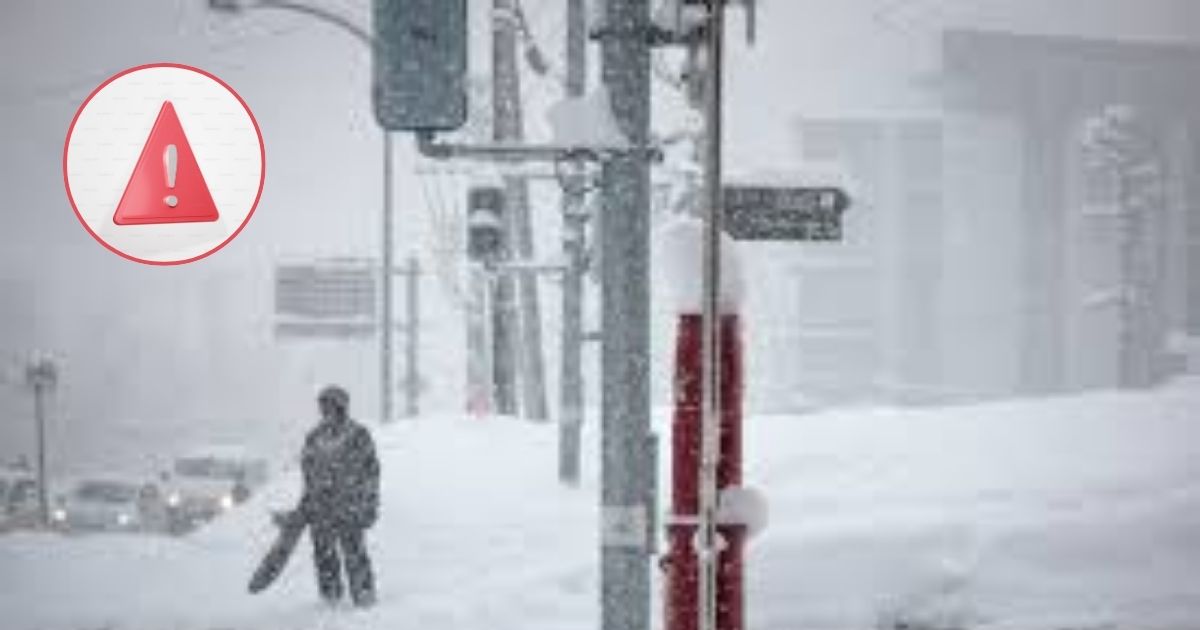
Ice storms are beautiful but dangerous weather events. They occur when freezing rain coats everything in a layer of ice. This can cause slippery roads, falling trees, and power outages, putting people’s safety at risk. Preparing for an ice storm is essential to protect yourself, your family, and your home. Here’s a guide to staying safe during an ice storm, written in simple language for everyone to understand.
What is an Ice Storm?
An ice storm happens when rain falls through a layer of freezing air near the ground. The rain freezes on contact, creating a thick coating of ice on trees, power lines, roads, and buildings. This layer of ice can weigh down branches and power lines, causing them to break. Roads become slippery and dangerous, making travel nearly impossible.
Why Are Ice Storms Dangerous?
- Slippery Roads and Walkways: Ice makes driving and walking extremely dangerous. Vehicles can lose control, and people can slip and fall.
- Power Outages: Ice can bring down power lines, cutting off electricity for hours or even days.
- Falling Trees and Branches: Heavy ice can snap tree branches or entire trees, posing a serious hazard to homes and people.
- Cold Temperatures: Without power, heating systems may stop working, leaving you vulnerable to the cold.
How to Prepare for an Ice Storm
Preparation is key to staying safe during an ice storm. Follow these steps to get ready:
1. Stay Informed
- Listen to weather forecasts on TV, radio, or a weather app.
- Sign up for emergency alerts to stay updated on changing conditions.
2. Stock Up on Supplies
- Food and Water: Have enough non-perishable food and bottled water to last at least three days.
- Flashlights and Batteries: Keep flashlights and extra batteries handy in case of a power outage.
- Warm Clothing and Blankets: Gather extra layers, including hats and gloves, to stay warm.
- Emergency Kit: Include a first aid kit, medications, and a battery-powered or hand-crank radio.
3. Prepare Your Home
- Insulate Pipes: Wrap pipes in insulation to prevent freezing.
- Seal Windows and Doors: Use weatherstripping or plastic sheets to keep cold air out.
- Charge Devices: Fully charge phones and power banks before the storm arrives.
- Firewood or Backup Heating: If you have a fireplace or wood stove, make sure you have enough fuel.
Staying Safe During an Ice Storm
1. Avoid Travel
- Stay indoors if possible. Roads are extremely slippery, and accidents are more likely during an ice storm.
- If you must drive, go slowly and avoid hills or bridges, which ice over quickly.
2. Stay Warm Indoors
- Close off rooms you’re not using to conserve heat.
- Wear multiple layers of clothing, including socks and gloves.
- Use blankets to stay warm, especially at night.
3. Be Cautious with Alternative Heat Sources
- If using a generator, place it outside to avoid carbon monoxide poisoning.
- Never use a gas stove or oven to heat your home.
- Keep space heaters at least three feet away from flammable objects and never leave them unattended.
4. Be Prepared for Power Outages
- Use flashlights instead of candles to avoid fire hazards.
- Turn off all major appliances to prevent a power surge when electricity is restored.
- Keep your refrigerator and freezer doors closed to preserve food.
5. Watch Out for Falling Ice and Branches
- Avoid standing near trees or power lines, as they may break under the weight of ice.
- Be careful when walking outside; ice can fall from rooftops or other tall structures.
What to Do After the Storm
1. Check Your Home
- Look for damage to your roof, gutters, and trees.
- Avoid walking under damaged trees, as branches may still fall.
2. Be Careful on Roads
- Even after the storm, roads may remain icy for days. Drive cautiously and only when necessary.
3. Help Your Neighbors
- Check on elderly or disabled neighbors to ensure they are safe.
- Share supplies or assistance if someone is in need.
4. Report Power Outages or Hazards
- Call your utility company to report power outages or downed power lines. Do not approach fallen power lines—they may still be live.
5. Take Care of Your Mental Health
- Ice storms can be stressful. Take breaks, stay connected with loved ones, and stay positive.
Essential Supplies Checklist
Here’s a quick list of items to gather before an ice storm:
- Bottled water
- Non-perishable food
- Flashlights and batteries
- Warm clothing and blankets
- First aid kit and medications
- Firewood or backup heating source
- Battery-powered or hand-crank radio
- Cell phone and power banks
Interesting Facts About Ice Storms
- The deadliest ice storm in U.S. history was the 1998 North American Ice Storm, which affected parts of Canada and the northeastern U.S., leaving millions without power for weeks.
- Ice storms can create stunning natural beauty, with trees and landscapes shimmering under a thick layer of ice.
- Freezing rain, the main cause of ice storms, happens when a warm layer of air sits above a cold surface layer, creating perfect conditions for the ice to form.
Conclusion
Ice storms are serious weather events, but with proper preparation and caution, you can stay safe and protect your loved ones. Remember to stock up on supplies, stay indoors, and follow safety guidelines. By being prepared, you can turn a dangerous situation into a manageable one. Stay informed, stay warm, and take care during the freeze!




